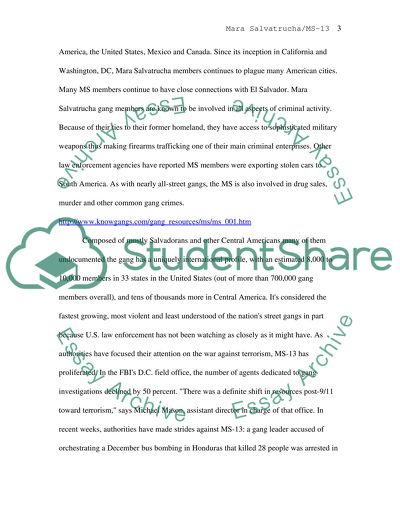Cite this document
(“Mara Salvatrucha Essay Example | Topics and Well Written Essays - 2000 words”, n.d.)
Retrieved from https://studentshare.org/sociology/1519618-mara-salvatrucha
Retrieved from https://studentshare.org/sociology/1519618-mara-salvatrucha
(Mara Salvatrucha Essay Example | Topics and Well Written Essays - 2000 Words)
https://studentshare.org/sociology/1519618-mara-salvatrucha.
https://studentshare.org/sociology/1519618-mara-salvatrucha.
“Mara Salvatrucha Essay Example | Topics and Well Written Essays - 2000 Words”, n.d. https://studentshare.org/sociology/1519618-mara-salvatrucha.


